New Delhi, 8 March 2021: If this is not irony what else would be! At a time when the Prime Minister, Union Ministers, government functionaries and all others are busy observing ‘International Women’s Day’ with fervour, two separate incidents from the past week highlighted women’s plight in modern day India. Last week, a father severed the head of his daughter in Uttar Pradesh and went to the police station without any feeling of remorse or guilt. The reason behind this heinous crime was that the girl had married of her own free will. In a separate incident, a mother, also a traffic cop was seen managing the traffic in Punjab while carrying her infant. The video went viral. Instead of seeing this as a crisis or misery, people hailed it and started glorifying motherhood. Instead of raising questions about why the mother and the child had to go through this ordeal, people started to show it as a mother’s sacrifice; setting a new standard for mothers. These incidents highlight how there is no match between the preaching and practice of the society.
International Women’s Day is not celebrated to glorify the struggle of half of Indian population- women. Rather, it is observed to remind everyone about the struggle and the extra-burden that women carry. It is to sensitise the male dominated society to read their challenges instead of glorifying it. And also to remind that women need to be treated equally in society.
It will be possible only when the society and the government will play their role and provide facilities according to the challenges, women face in their day-to-day lives. Instead of glorifying motherhood, people should have been raged. They should have cornered the government of the day asking what happened to the announcements of compulsory creche facilities that were supposed to be provided under Maternity Benefit Amendment Act, 2017. In the particular year when the Bill was passed through the parliament, this government grabbed headlines showing its concern towards women. But what happened to the creche facilities? No one is asking! The government will also not like to respond to this particular query for obvious reasons.
This dual face of Indian society in general and government in particular can be seen everywhere. In 21st century when women have established their talent and efficiency in every sphere of life, their challenges have just increased. The government’s own survey has highlighted that cases of domestic violence have increased in the last few years.
As per National Family Health Survey, seven states/UTs saw a rise in domestic violence faced by women aged 18-49 years between 2015-16 and 2019-20. These include Assam, Himachal Pradesh, Karnataka and Maharashtra. Nine states/UTs reported an increase in sexual violence faced by women before the age of 18, currently aged 18-29 years, including Goa, Meghalaya, Sikkim, and West Bengal.
In 2020, the National Commission for Women received 23,722 complaints of crimes against women, which was the highest in the past six years.
But this doesn’t reflect the complete picture. Despite these trends of rising violence, allocations for schemes that are aimed at ensuring the safety and protection of women have been reduced, confirms analysis done by Centre for Budget and Governance Accountability (CBGA)- a non-profit studying the budget of union and state governments.
Under the Ministry of Home Affairs (Police), allocations for ‘schemes for safety of women’ saw a decrease of 88 per cent from 2020-21 (BE) to 2021-22 (BE). Not only this, most schemes financed through the Nirbhaya Fund have seen consistent underutilisation over the last few years, and the number of beneficiaries has also fallen. (see the graph)
Funds accessed and utilised by Union Ministries under the Nirbhaya Fund (Rs crore)

Government advocates may argue that this led to the shrinkages of budget as most schemes financed through the Nirbhaya Fund have seen consistent underutilisation over the last few years, and the number of beneficiaries has also fallen.
To ‘rationalise’ the government clubbed many schemes related to women’s security and empowerment. However, if one goes by these clubbed schemes, the financial allocation still remains the low priority of the government.
"Under Mission Shakti, the first component, Sambal, subsumes the following schemes: One Stop Centre, Mahila Police Volunteers, Women’s Helpline, Swadhar Greh, Ujjawala, Working Women Hostel, and Home for Widows. The allocation for Sambal, when compared to the combined allocation for these seven schemes in the 2020-21 (BE), shows a reduction of 10 per cent," says the CBGA analysis.
It goes on second component of the scheme saying, "subsumes the following schemes: Beti Bachao Beti Padhao, Pradhan Mantri Matru Vandana Yojana, Mahila Shakti Kendra, and Gender Budgeting and Research, Publication and Monitoring. The allocation for Samarthya, when compared to the combined allocation for these four schemes in the 2020-21 (BE), shows a reduction of seven per cent."
This is the reality of the government which is observing Women’s Day to highlight its concern and commitment towards half-of the society. Remember, five states are going to vote for their respective assembly in next month.
This apathetic attitude of the government to women’s causes has only deteriorated the situation.
In 2017, women’s labour force participation rate (LFPR) in India reached its lowest level since Independence, at 17.5 per cent. The pandemic and the economic crisis that followed have made matters only worse. In the first five months of the financial year, women were eight times more likely than men to have lost jobs, says the CBGA report. Further, they were nearly 18 times more likely than men to have still been out of work in August 2020.
Given the high unemployment and low rates of job recovery for women, social protection in the form of maternity benefits, pensions, disability assistance and others assumes greater importance. Without social protection, women workers are more vulnerable to job loss and less equipped to care for themselves and their families in crisis situations.
On this International Women’s Day, it is worth reminding the government of India that without taking care of the women, the country cannot manage to achieve Sustainable Development Goals (SDGs)- a target set by the United Nations supposed to be achieved by 2030.
Goal 5 exclusively talks about gender equality but all of other goals including Zero hunger, poverty, good health and well being clean water and sanitation and others have specific components where women play significant roles. And overlooking women means overlooking India’s growth! We all need to ask ourselves are we actually celebrating Women or washing our hands off our responsibility.





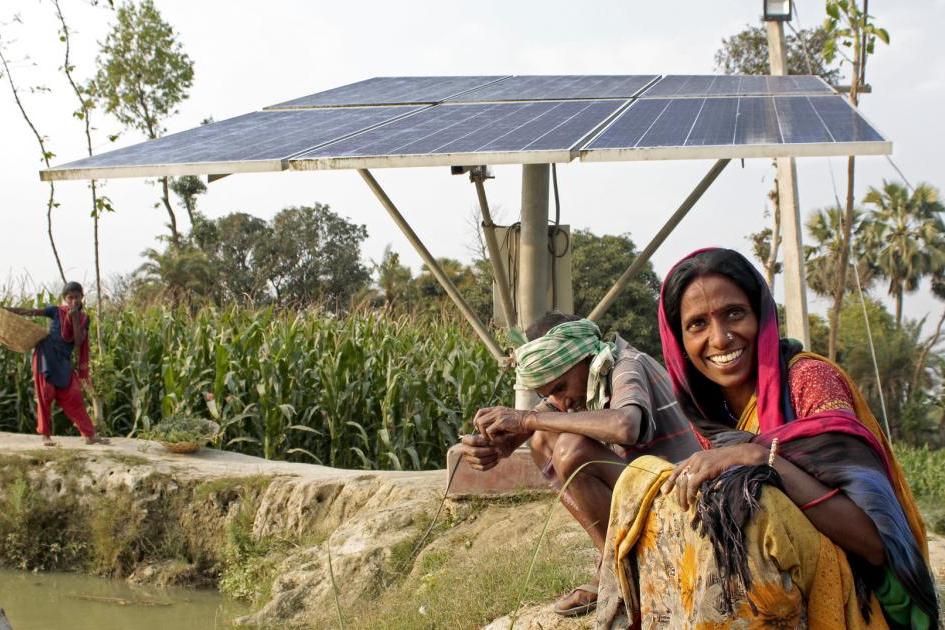
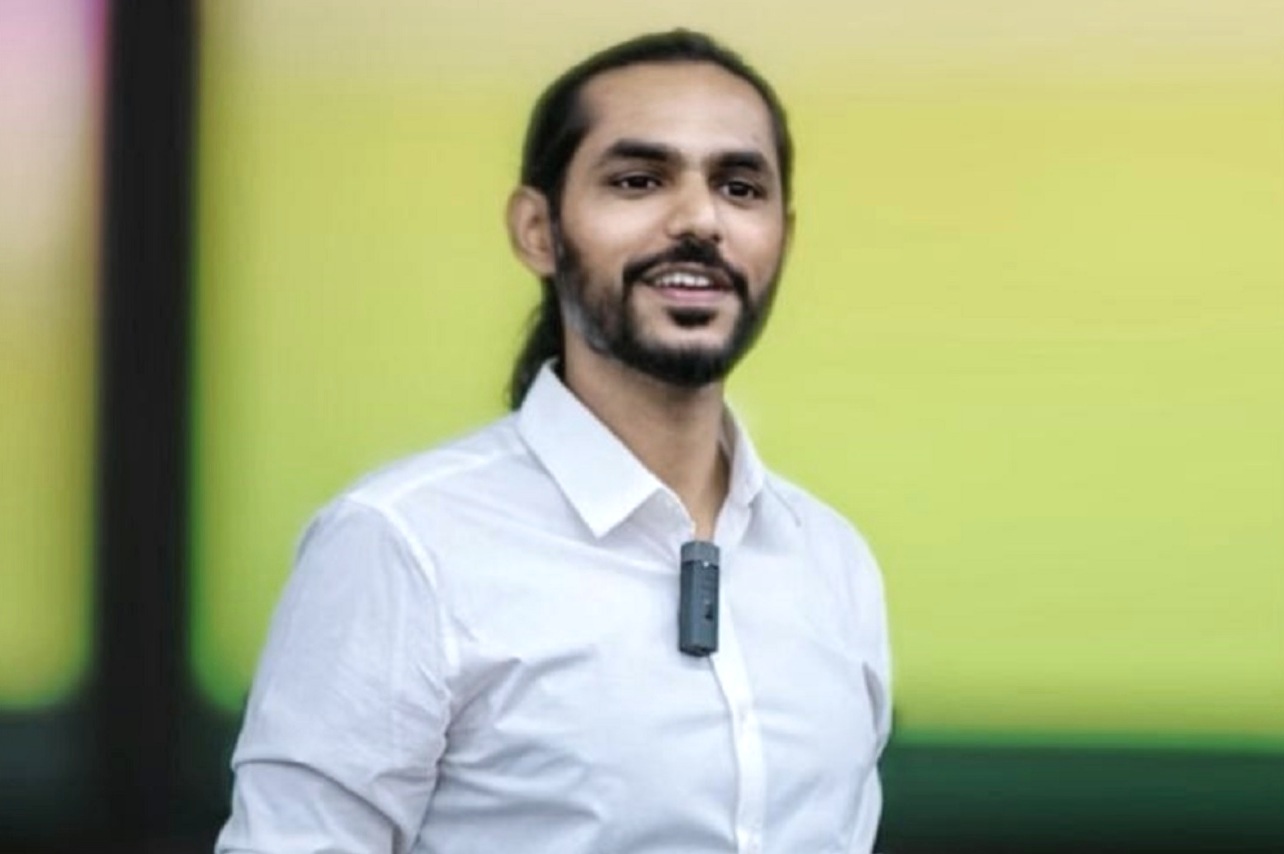

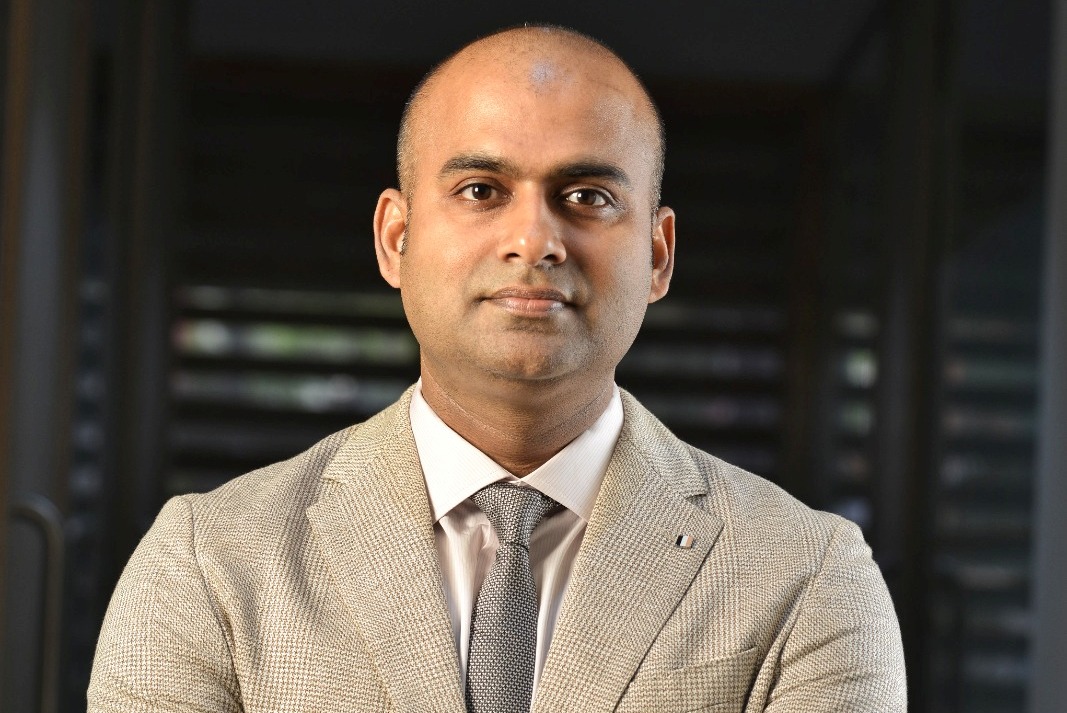
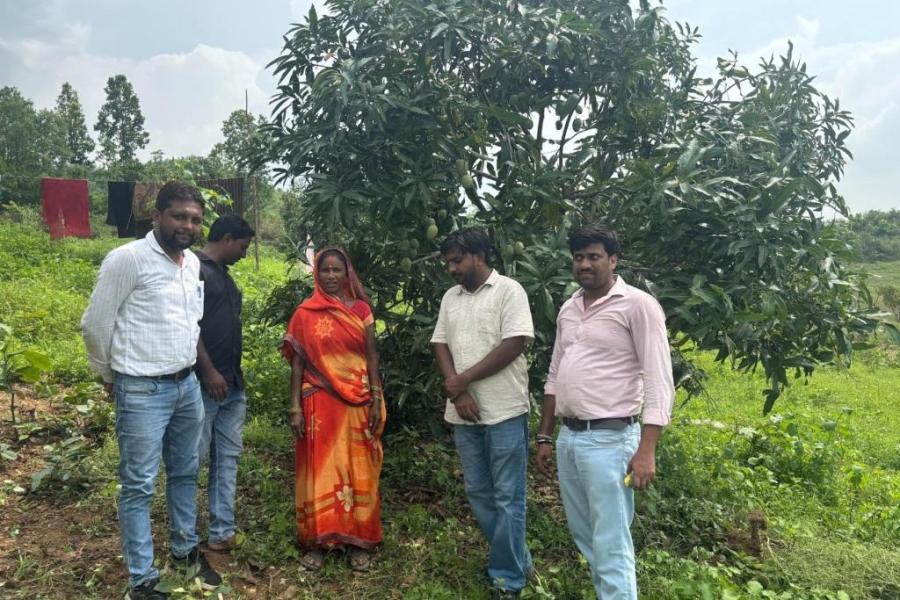

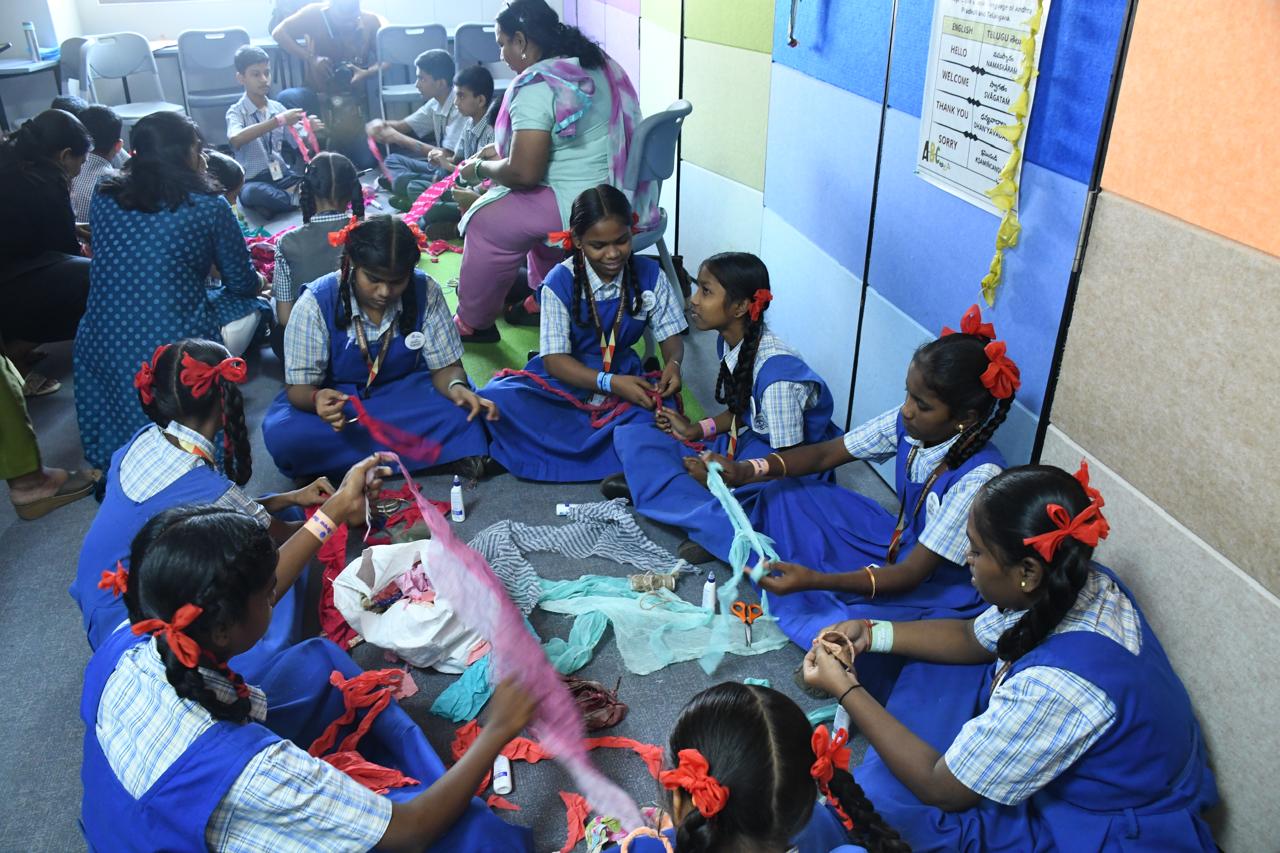
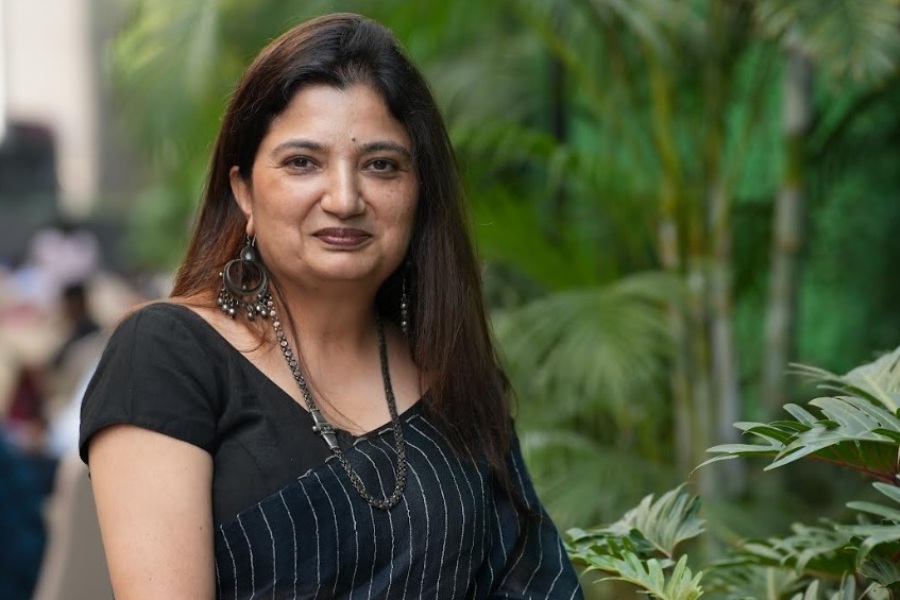
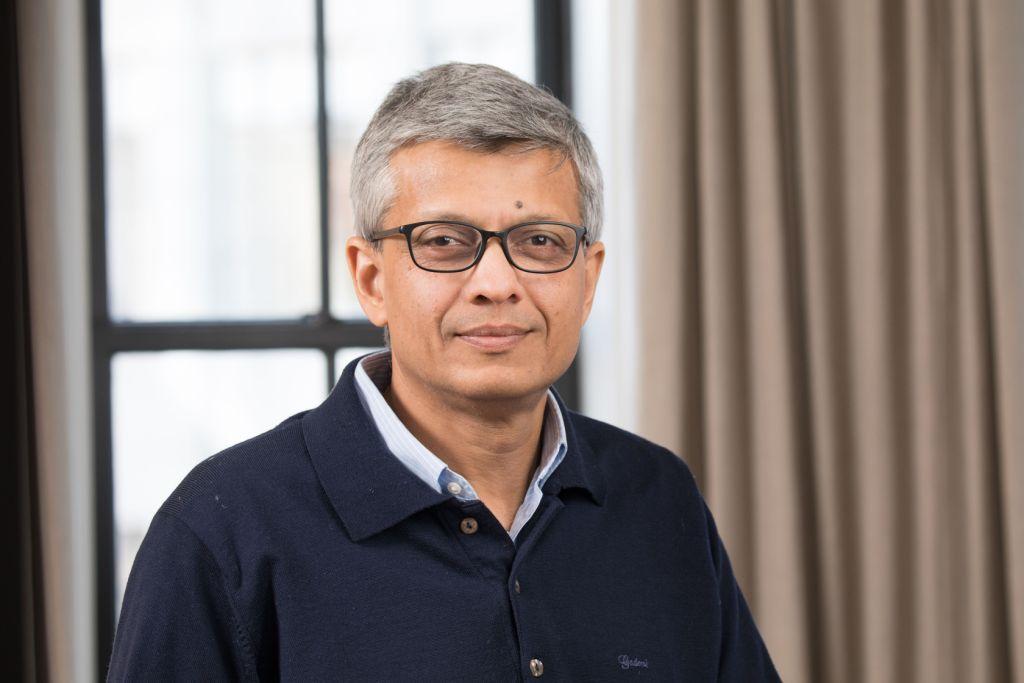

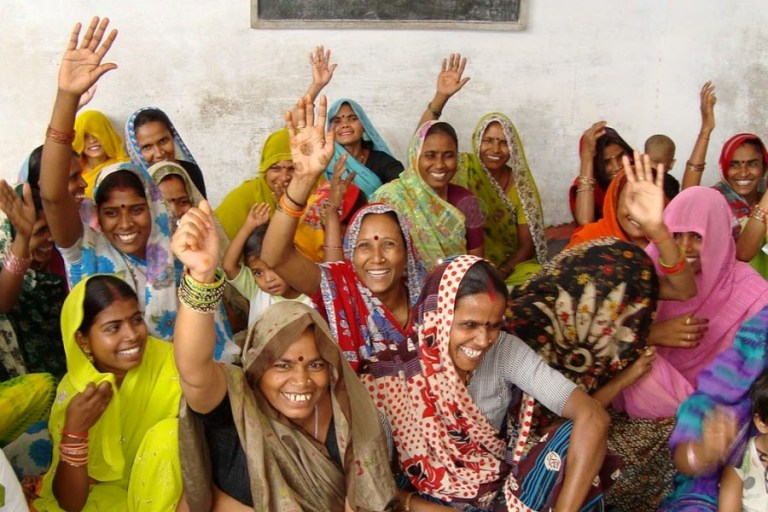


.jpg)




